Solana Saga: Mobile Phone Only Released for Two Years to Shut Down, Can the Second Generation Seeker Avoid a Similar Fate?
Original Article Title: "Solana Saga Shut Down After Only Two Years, Can Seeker's Full Pivot Avoid the Same Fate?"
Original Article Author: Frank, PANews
The once highly anticipated Web3 phone Solana Saga has terminated its technical support just two years after its release. It went from being overlooked, to sparking a frenzy with an airdrop, and then to a hasty closure, leaving the devices of its 20,000 early users virtually bricked.
Saga's dramatic reversal has triggered sighs and profound questions throughout the industry: Was the path of the crypto phone a mere mirage? Was Saga's brief yet vibrant lifecycle a costly failed experiment, or did it illuminate a non-traditional path to success for those who came later? As Solana Mobile fully shifts its focus to the second-generation product Seeker, these questions have become even more pressing.
Support Ended After Only Two Years, Multiple Considerations Behind Solana Mobile
The abrupt end of Saga came as a surprise.
According to the usual practice of traditional phone manufacturers, technical support for a phone typically lasts 5 to 7 years. However, Saga's support only lasted for 2 years before being terminated. The main reason behind this decision may have revealed the significant operational differences between smart hardware products and typical Web3 projects.
From a business perspective, the Saga project was almost destined to be a financial loss. The Saga phone had a total sales volume of about 20,000 units, falling far short of its target of 50,000 units, making it impossible to cover the development, production, and marketing costs of high-end hardware. Even niche models from traditional phone manufacturers usually achieve shipment volumes in the hundreds of thousands to sustain operational foundations. Providing long-term support for an outdated product line with only 20,000 users was a heavy financial burden.
To make matters worse, Saga's hardware partner, OSOM Corporation, went bankrupt in September 2024, making long-term firmware and driver updates nearly impossible. Therefore, Solana Mobile's decision to abandon Saga became a rational, and even inevitable, business choice. They chose to cut losses and concentrate limited resources on projects more likely to succeed.
From a hardware perspective, Saga was itself a well-equipped high-end Android phone. Compared to regular phones, its built-in security design and dApp applications did address the pain points of heavy encryption users regarding transaction security and dApp access. However, Saga's failure proved that these enhancements in "productivity" were not sufficient to convince users to pay a $1,000 premium, as the vast majority of Web3 tasks could also be performed on regular phones, albeit with slightly different user experiences.
The most direct threat is the sharp increase in security risk. As new security vulnerabilities continue to be discovered, the Saga Phone will become increasingly vulnerable to hacker attacks. For a device whose core design principle is to securely handle cryptographic assets, this is undoubtedly fatal. Secondly, there is the issue of "diminishing utility." With the continuous iteration of the Android operating system and dApps, Saga may not be able to run the latest applications, eventually leading to "potential app failures" and functionality issues.
Moreover, Saga's past sales miracle was not a rediscovery of its product prowess as a phone, but rather the exploitation of its value as a financial arbitrage tool. However, this model is unsustainable and risky. It attracts speculators chasing short-term profits rather than genuine users loyal to the product and ecosystem. Once the airdrop hype fades or the market cools down, this demand will quickly evaporate.
Furthermore, as the most crucial hardware device in today's society, the actual use cases for phones extend far beyond airdrops and crypto activities. This is also the primary reason why Saga was sold but seemingly unused.
However, the direct consequence of this business decision is borne by the 20,000 Saga users. Solana Mobile has announced the cessation of all software updates and security patches, meaning these devices will remain permanently on the last security version from November 2024.

Surprisingly, there was hardly any noticeable user response on social media to the news of this technical support discontinuation. Solana Mobile chose to remain silent even after media coverage, only increasing the frequency of retweets related to Seeker events. This phenomenon implies that Saga's actual active user count may be much lower than the proportion of users who claimed the airdrop.
From Obscurity to High Demand: Luxury Airdrop Leads to Sales Reversal
Looking back on the lifecycle of Solana Saga is like tracing a rollercoaster's path.
In May 2023, the Saga Phone was officially launched with a price tag of up to $1000, directly competing with Apple and Samsung flagship models. Solana Mobile's initial goal was to create a native Web3 device for crypto users and developers, breaking Apple and Google's duopoly through hardware-level security (seed vault) and an uncensored dApp store. However, this grand narrative failed to resonate with consumers.
After its launch, the market response to the Saga Phone was exceptionally tepid. By early December 2023, over six months after its release, Saga's sales were only hovering between 2200 and 2500 units, far from the "developer ecosystem threshold" of 25,000 to 50,000 units set by Solana co-founder Anatoly Yakovenko. To reverse the downward trend, Solana Mobile significantly reduced the price by 40% to $599 in August of the same year, but this move still failed to stimulate demand. The mainstream tech industry was unforgiving, with prominent reviewer Marques Brownlee (MKBHD) naming it the "biggest smartphone flop of 2023." This title accurately summarized Saga's embarrassing situation at that time.
Just as Saga was about to be forgotten by the market, an unexpected catalyst completely turned the situation around — MEME coin BONK. Each Saga phone came with a 30 million BONK token airdrop, and initially, the value of this airdrop was negligible. However, as the entire Solana ecosystem saw a significant recovery towards the end of 2023, the price of BONK skyrocketed exponentially.

By mid-December 2023, the value of this airdrop had exceeded $1,000, far surpassing the phone's retail price of $599 at the time of purchase. A clear arbitrage opportunity emerged: buy the phone, claim the airdrop, and instantly profit. This news spread virally on social media, shifting Saga's narrative from a failed tech product to a hot financial instrument.
Sales surged dramatically. Within just 48 hours, Saga's sales increased over tenfold and quickly sold out in the American and European markets. A fervent secondary market emerged, with brand-new, unopened Saga phones fetching prices as high as $5,000 on platforms like eBay, more than eight times their retail price. Saga was no longer just a phone but a "ticket" to potential future airdrop wealth.
The unexpected sell-out of Saga provided Solana Mobile with a new direction, demonstrating that market demand could be significantly boosted through anticipated airdrops. Seizing the opportunity, just a month after Saga's sell-out, they announced the launch of the second-generation phone "Chapter 2" (later renamed Seeker) in January 2024. As mentioned earlier, Seeker learned from Saga's lesson: priced significantly lower at $450-500, featuring mid-range hardware specifications and targeting a broader mainstream audience.
The market response was explosive. Driven by strong expectations of future airdrops, Seeker received over 60,000 orders within the first three weeks of pre-orders and eventually surpassed 150,000 orders, expected to generate over $67.5 million in revenue. Even before the phones were shipped, pre-order customers received airdrops of tokens like $MEW and $MANEKI, whose value already exceeded the cost of the phone. From this perspective, Saga served more as a stepping stone, helping the second-generation product Seeker build a user base of tens of thousands and establish a sales strategy based on airdrops.
However, for the over 150,000 Seeker pre-order customers, will their devices also face the same fate as Saga two years later?
A Comprehensive Turn to the Second-Generation Seeker Device: Can It Break the Web3 Mobile Deadlock?
The Saga experience has forced us to re-examine the core proposition of Web3 phones. Is it truly an innovation with genuine product power, or is it a "pseudo-demand" that can only survive with external incentives?
As a second-generation model, Seeker is attempting to avoid repeating past mistakes. Following the end of support for Saga, Solana Mobile has now made a comprehensive turn to its second-generation product, Seeker. This is a smartphone with a lower price tag that still focuses on encryption features, starting at $500, only half of Saga's launch price. Early bird users can also enjoy a $50 discount. In addition to being more affordable, Seeker has inherited some features from its predecessor, undergone hardware upgrades, and added several user-friendly new features such as SeekerID and an improved decentralized app store.
It is worth noting that Seeker also plans to launch its native ecosystem token, SKR, to incentivize developers and users, drive ecosystem development, and achieve better alignment. While the specifics of the token have not been disclosed yet, the official statement mentions that it will be directly distributed to developers and users. Furthermore, Seeker has strengthened its incentive scheme that links other apps and activities within the mobile ecosystem.
For example, Seeker has partnered with the Backpack wallet app to launch an event that waives the first $1,000 transaction fee on the Seeker phone. On October 23, Moonbirds also airdropped Seeker X Moonbirds SBT specifically for Seeker. According to official data, the Seeker ecosystem has already developed over 160 apps and more.

But can this ecosystem development truly change the current situation where users buy but do not use the product? The outcome remains unknown. However, Saga, as the first-generation product of the Solana phone narrative, while successfully setting a marketing benchmark, also exposed a fundamental question: Is the core competitiveness of a Web3 phone based on its product attributes or financial attributes? If it's just an airdrop ticket, is the heavy operational cost that a phone product needs to bear really necessary? To remain competitive without relying on airdrops, in such a mature smartphone market, what should be the core selling point of a Web3 phone?
Today, the market situation of the second-generation Seeker is much better than Saga's, but until these key issues are resolved, Saga's fate may still be repeated.
You may also like
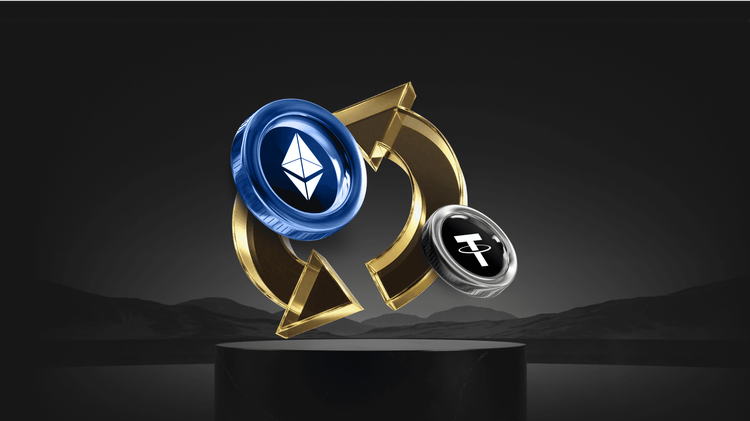
Blockchains Quietly Brace for Quantum Threat Amid Bitcoin Debate
Key Takeaways Cryptocurrency networks, especially altcoins, are enhancing security to prepare for potential quantum computing threats. Bitcoin faces…
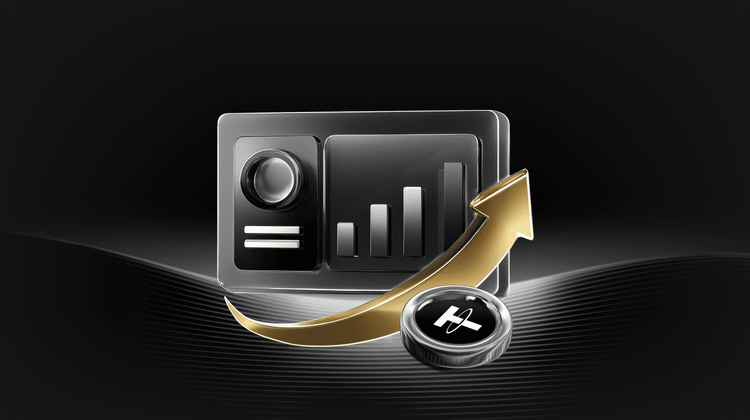
Canton Token Surges Amid DTCC’s Tokenized Treasury Plans
Key Takeaways Canton Coin has surged by approximately 27% due to growing institutional interest and DTCC’s announcement to…
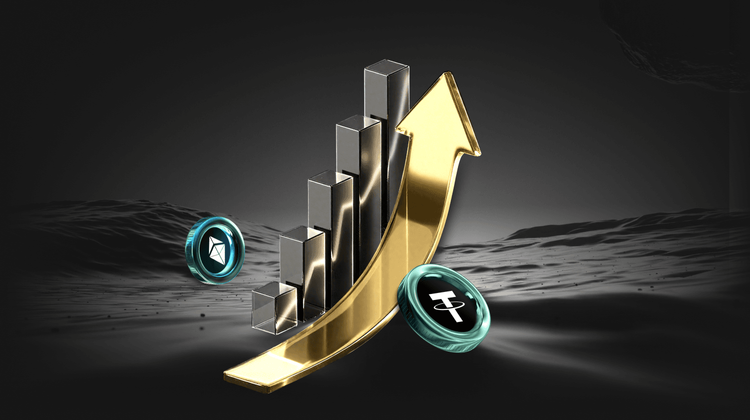
Blockchains Quietly Ready Themselves for the Quantum Threat as Bitcoin Debates Its Timeline
Key Takeaways: Altcoin blockchains, including Ethereum and Solana, are proactively developing defenses against a potential quantum computing threat,…
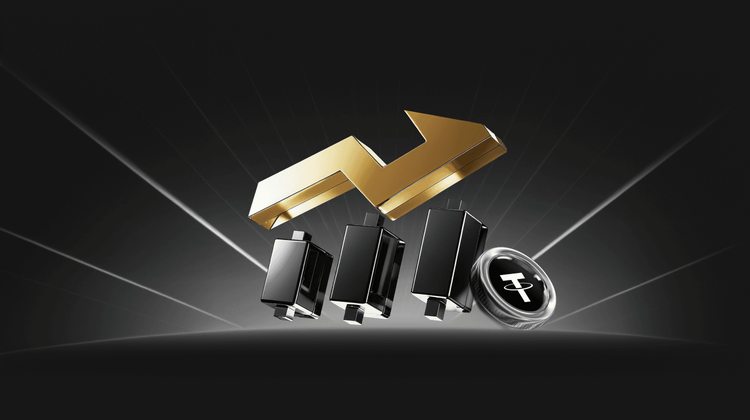
Canton Coin Rallies as DTCC Introduces Tokenized Treasury Plans
Key Takeaways Canton Coin surged by 27% following DTCC’s announcement of tokenizing US Treasury securities on its Canton…
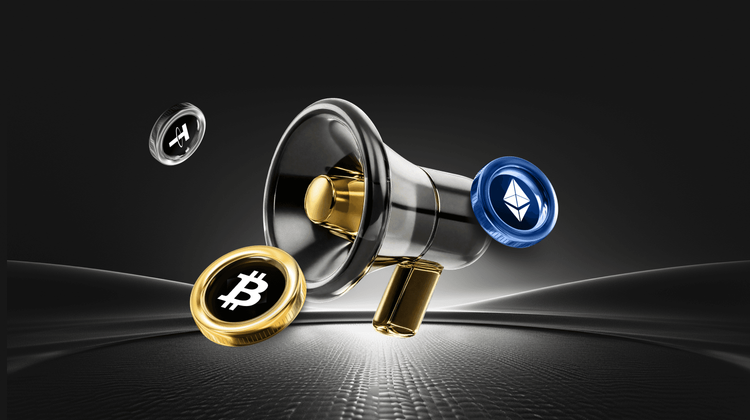
Merry Christmas, Caroline Ellison: A Surprising Early Release from Custody
Key Takeaways Caroline Ellison, the former Alameda Research CEO, will be released from federal custody earlier than scheduled,…

Canton Token Climbs Amid DTCC’s Tokenized Treasury Plans
Key Takeaways: The Canton Coin experienced a 27% increase following DTCC’s announcement of tokenizing US Treasury securities. The…
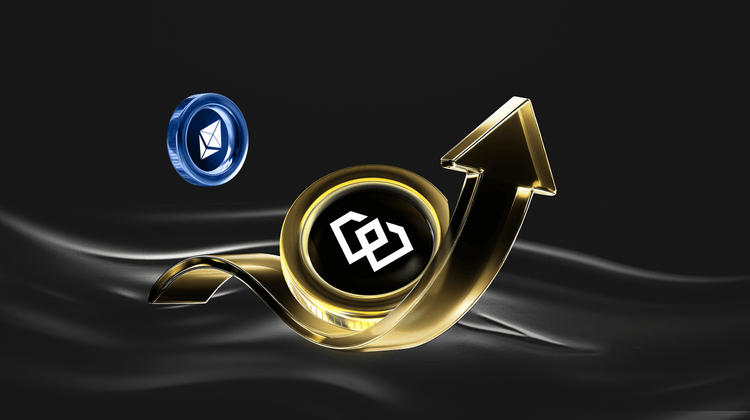
Blockchains Quietly Brace for Quantum Threats while Bitcoin Engages in Timeline Debate
Key Takeaways: Diverse blockchains are proactively exploring quantum-resistant technologies, unlike Bitcoin, where consensus on quantum threat response is…

Three Titans Bet $17 Million, FIN Makes Strong Move into Cross-Border Payments

Cryptocurrency as a Christmas Gift? Gen Z Is Reconsidering

Stepping into the Stablecoin Craze After Six Years, He Sees the Shape of the Future of Payments
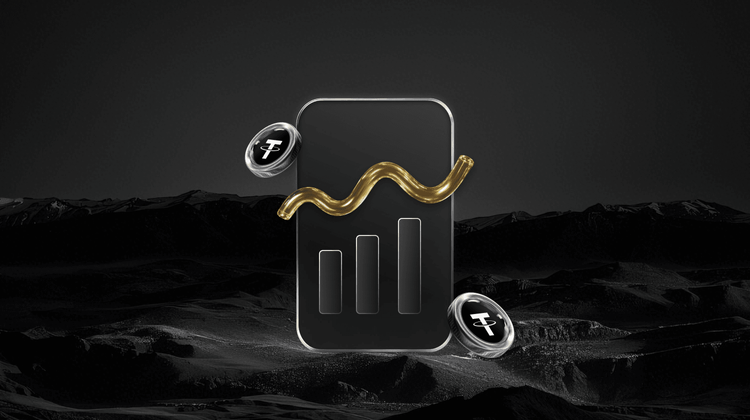
Over $6 Million Stolen: Trust Wallet Source Code Compromised, How Did Official Version Become Hacker Backdoor?

30 Predictions, Filtered for Five 2026 Crypto Consensus
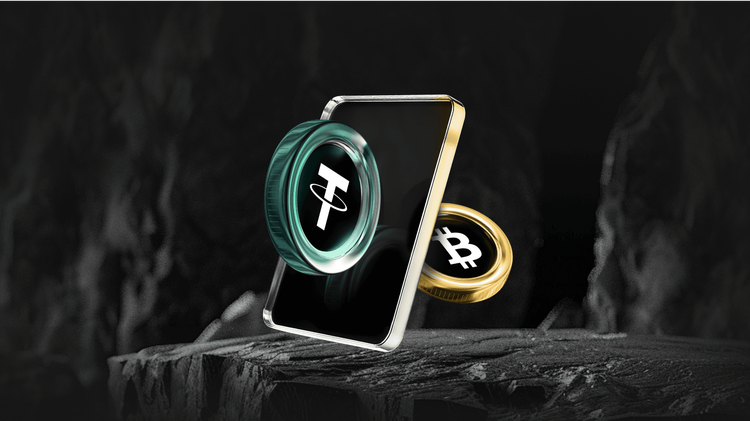
Countdown to Midterm Elections: Will the US Crypto Bill Pass the Test?
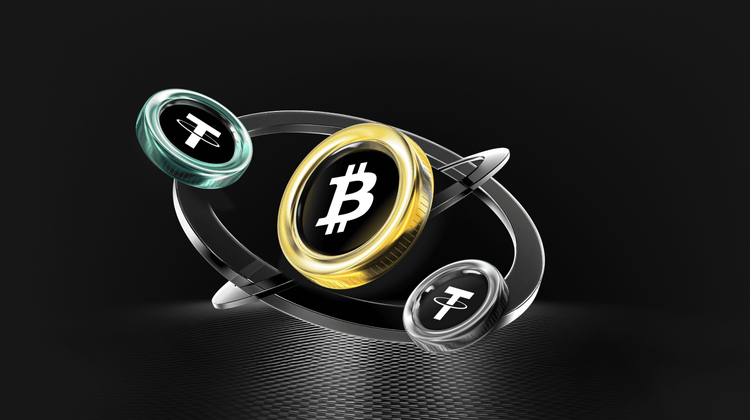
2025 Crypto Rich List: 12 Big Winners, Who Bet on the Money Maker?
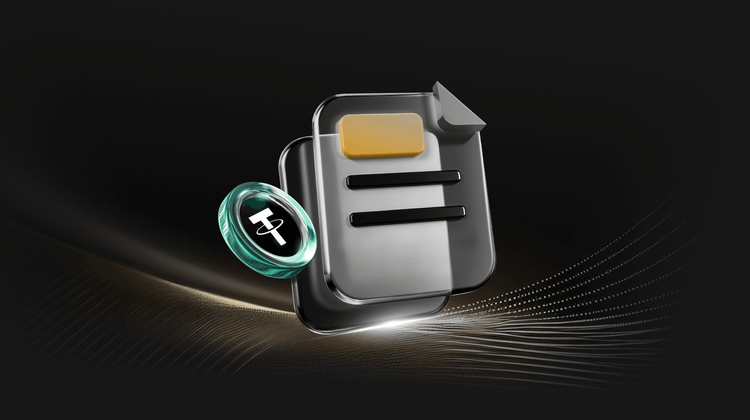
「Macro Master」 Raoul Pal on 30x Growth Under Indexation: Bitcoin Will Eventually Surpass Gold
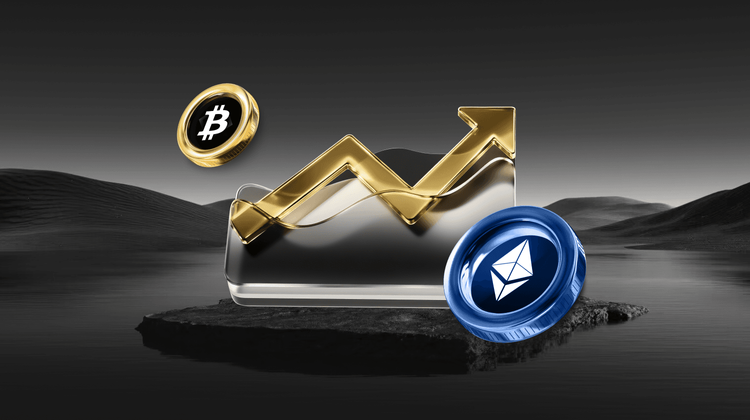
Uniswap Pay Dispute Escalates, Maple Finance Loan volume Hits All-Time High, What's the Overseas Crypto Community Talking About Today?
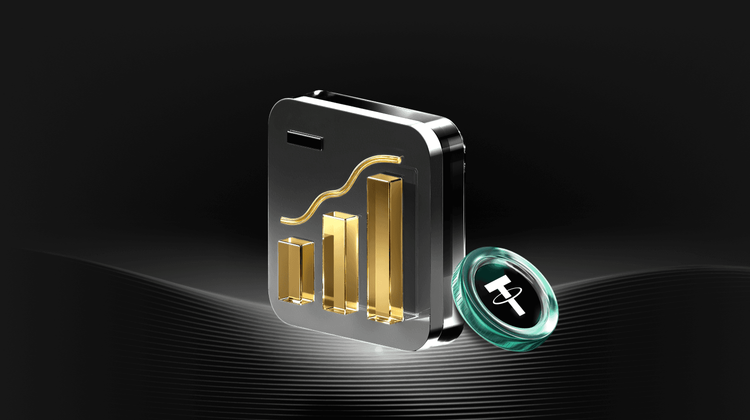
Blockchains Quietly Prepare for Quantum Threat as Bitcoin Debates Timeline
Key Takeaways: Several blockchains, including Ethereum, Solana, and Aptos, are actively preparing for the potential threat posed by…
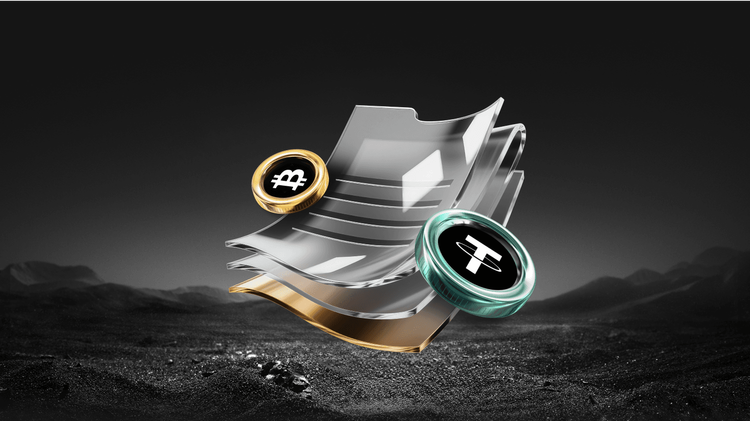
Former SEC Counsel Explains What It Takes to Make RWAs Compliant
Key Takeaways The SEC’s shifting approach is aiding the growth of Real-World Assets (RWAs), but jurisdictional and yield…
Blockchains Quietly Brace for Quantum Threat Amid Bitcoin Debate
Key Takeaways Cryptocurrency networks, especially altcoins, are enhancing security to prepare for potential quantum computing threats. Bitcoin faces…
Canton Token Surges Amid DTCC’s Tokenized Treasury Plans
Key Takeaways Canton Coin has surged by approximately 27% due to growing institutional interest and DTCC’s announcement to…
Blockchains Quietly Ready Themselves for the Quantum Threat as Bitcoin Debates Its Timeline
Key Takeaways: Altcoin blockchains, including Ethereum and Solana, are proactively developing defenses against a potential quantum computing threat,…
Canton Coin Rallies as DTCC Introduces Tokenized Treasury Plans
Key Takeaways Canton Coin surged by 27% following DTCC’s announcement of tokenizing US Treasury securities on its Canton…
Merry Christmas, Caroline Ellison: A Surprising Early Release from Custody
Key Takeaways Caroline Ellison, the former Alameda Research CEO, will be released from federal custody earlier than scheduled,…
Canton Token Climbs Amid DTCC’s Tokenized Treasury Plans
Key Takeaways: The Canton Coin experienced a 27% increase following DTCC’s announcement of tokenizing US Treasury securities. The…
Popular coins
Latest Crypto News
Customer Support:@weikecs
Business Cooperation:@weikecs
Quant Trading & MM:bd@weex.com
VIP Services:support@weex.com
